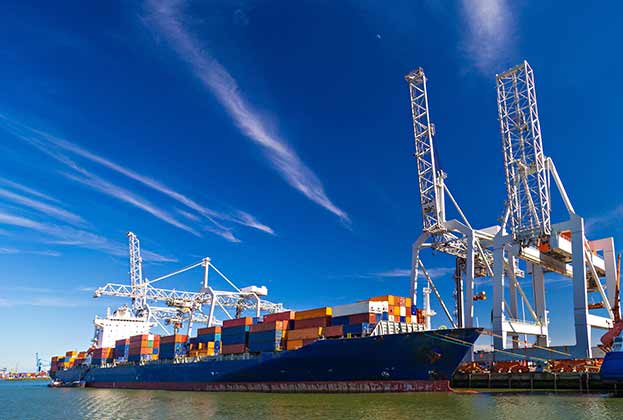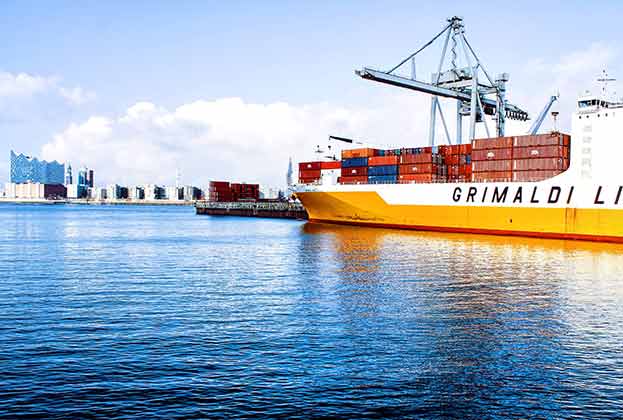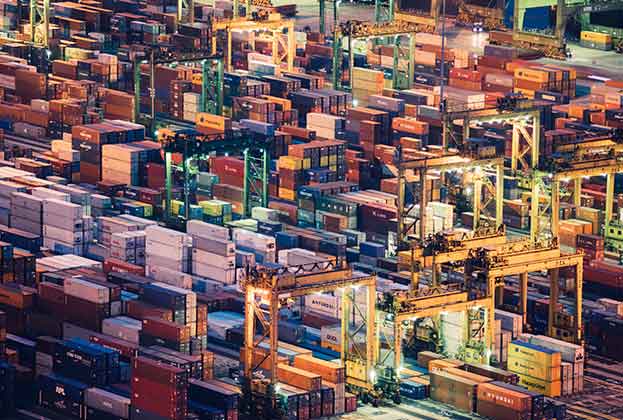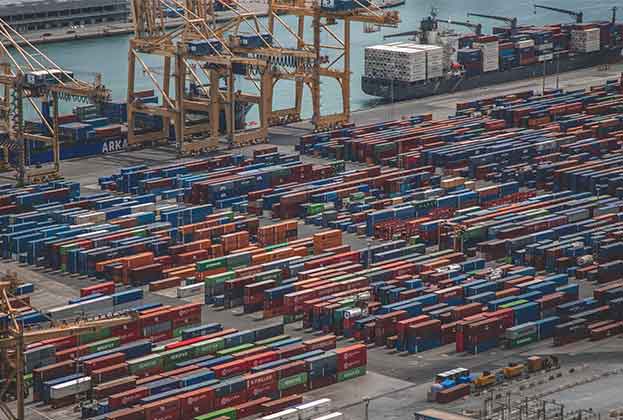What is impacting demand for port logistics?
Globalisation, increased trade in goods and rising populations are placing increased pressure on Europe’s established container ports. Automation of port operations is increasing shipping container throughput, creating new demand for logistics space as Europe’s supply pipeline is struggling to keep pace.
Europe has three of the world’s 20 busiest ports by container capacity; Rotterdam (11th), Antwerp, (14th) and Hamburg (18th), according to the World Shipping Council, with the European Commission estimating that 12% of goods handled globally pass through these ports. As a result, Rotterdam and Antwerp’s throughput, measured by twenty-foot equivalent units (TEUs), have grown by 25% and 29% respectively over the last five years, adding pressure to undersupplied logistics markets. Antwerp’s prime logistics vacancy rate stands at c.4% and low levels of pipeline development could hamper future levels of logistics take up. Likewise, Rotterdam’s future land availability and logistics vacancy rate remain low with a shortage of brownfield sites available given persistent occupier demand. Sustained occupier demand for prime space in Hamburg has lifted logistics rents by 4.3% year on year (YoY) to €72 per sq m at the end of Q3 2019.
However, there are rising concerns as to whether future logistics space around Europe’s already established ports can be delivered at a sufficient rate to meet growing demand. In Rotterdam, the vacancy rate is now only 6% and rising local market 'NIMBY'-ism (not in my back yard) combined with tightened restrictions on building permits, is preventing new development from keeping pace with demand, as latest data indicates that extra-EU28 exports grew by 4.4% (YoY) in 2019.
Read the articles within Spotlight: European Port Logistics - Where Next To Invest? below.
.jpg)



